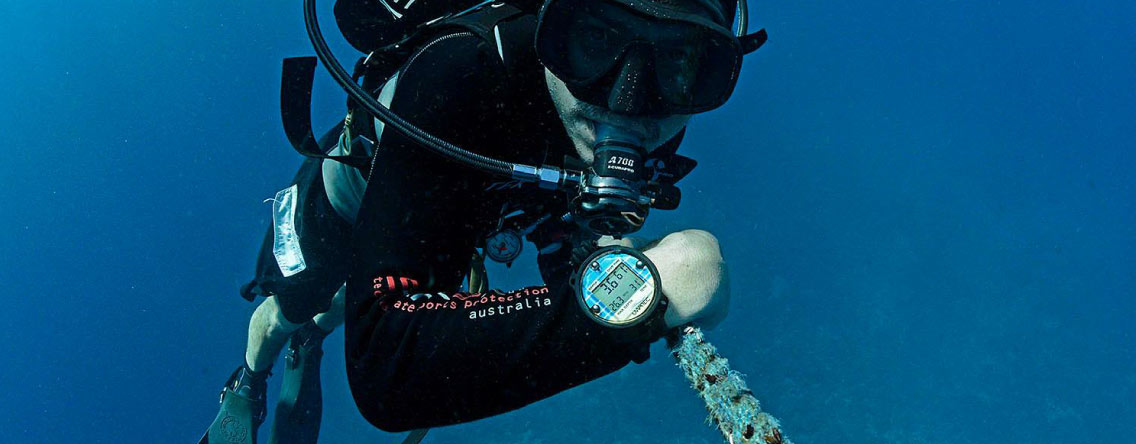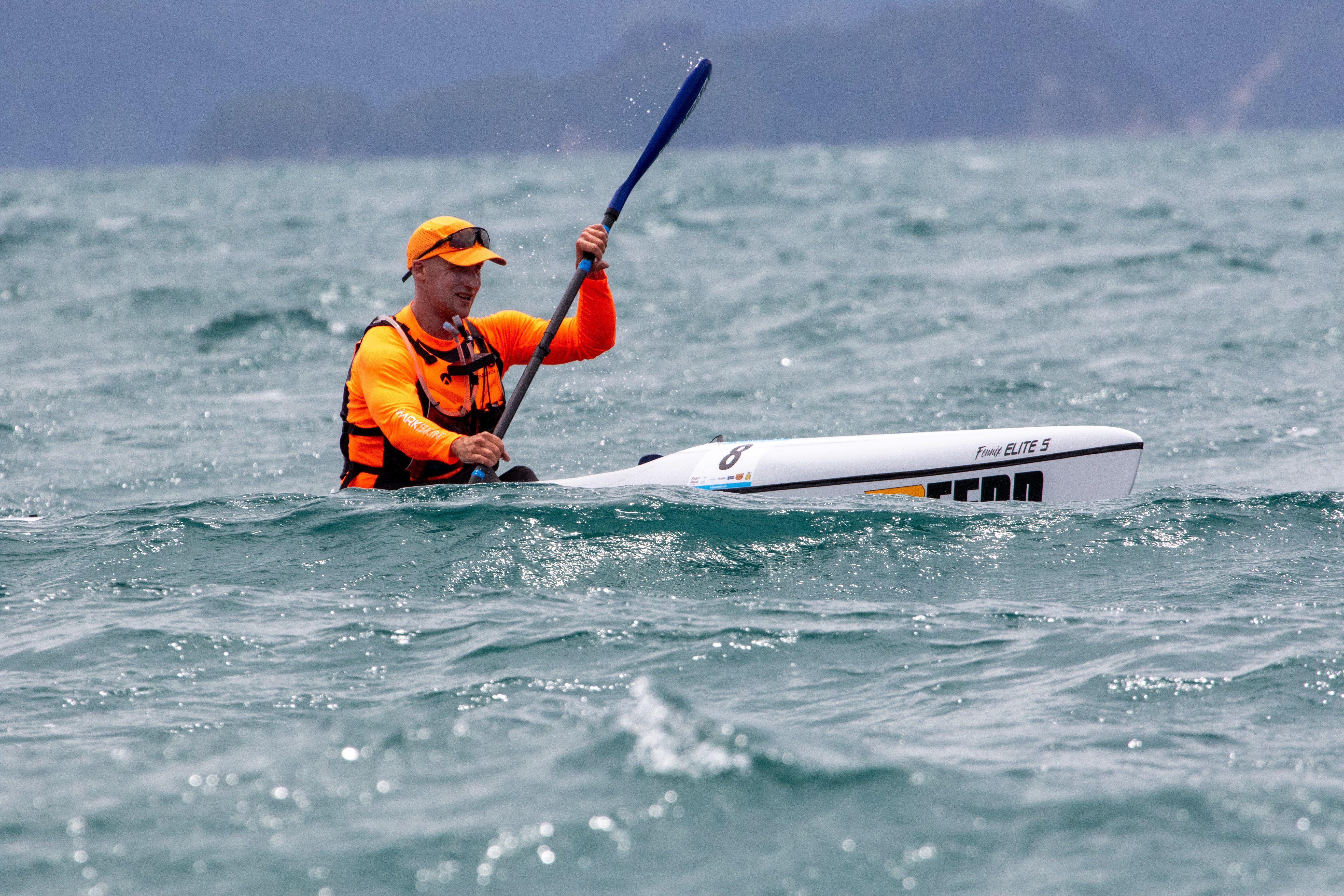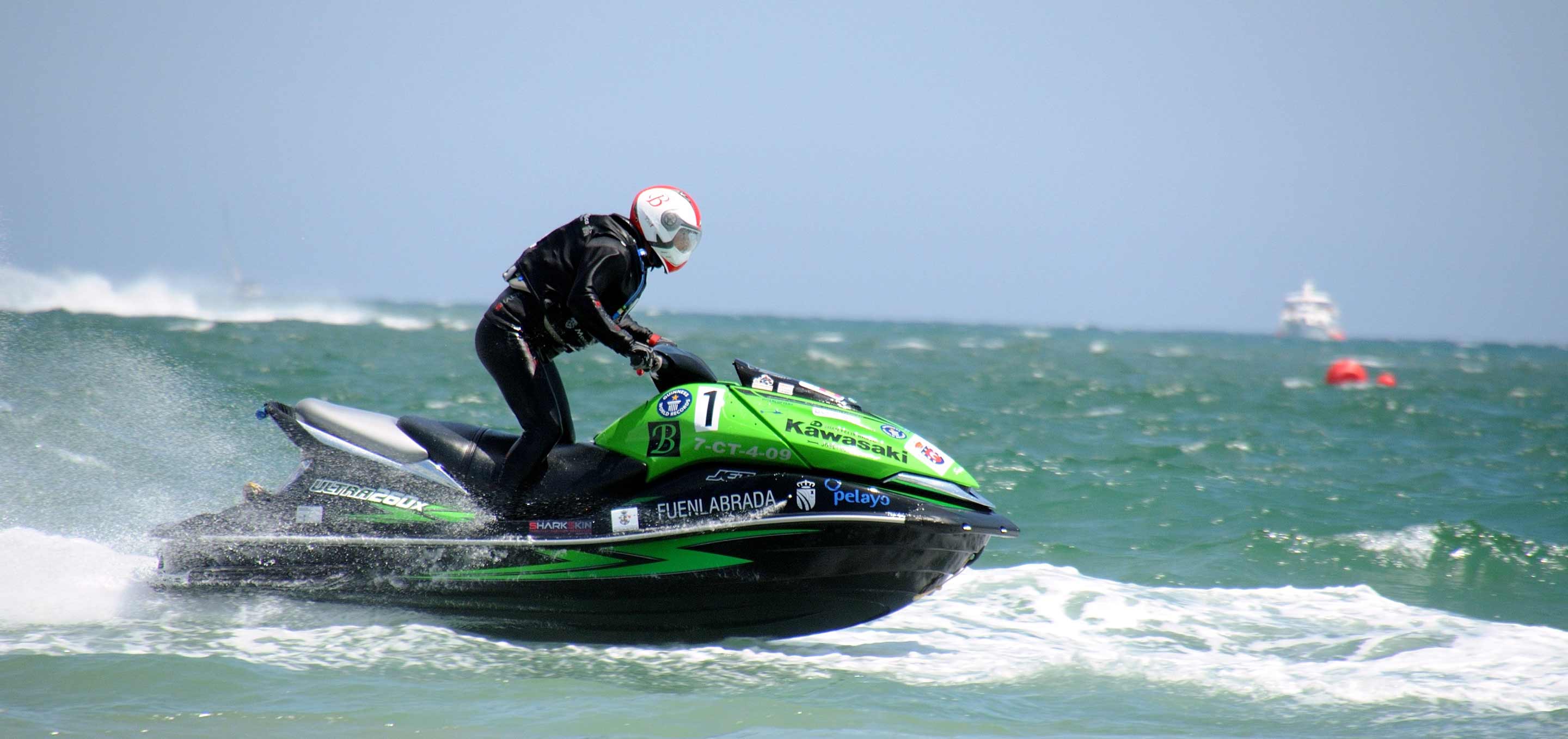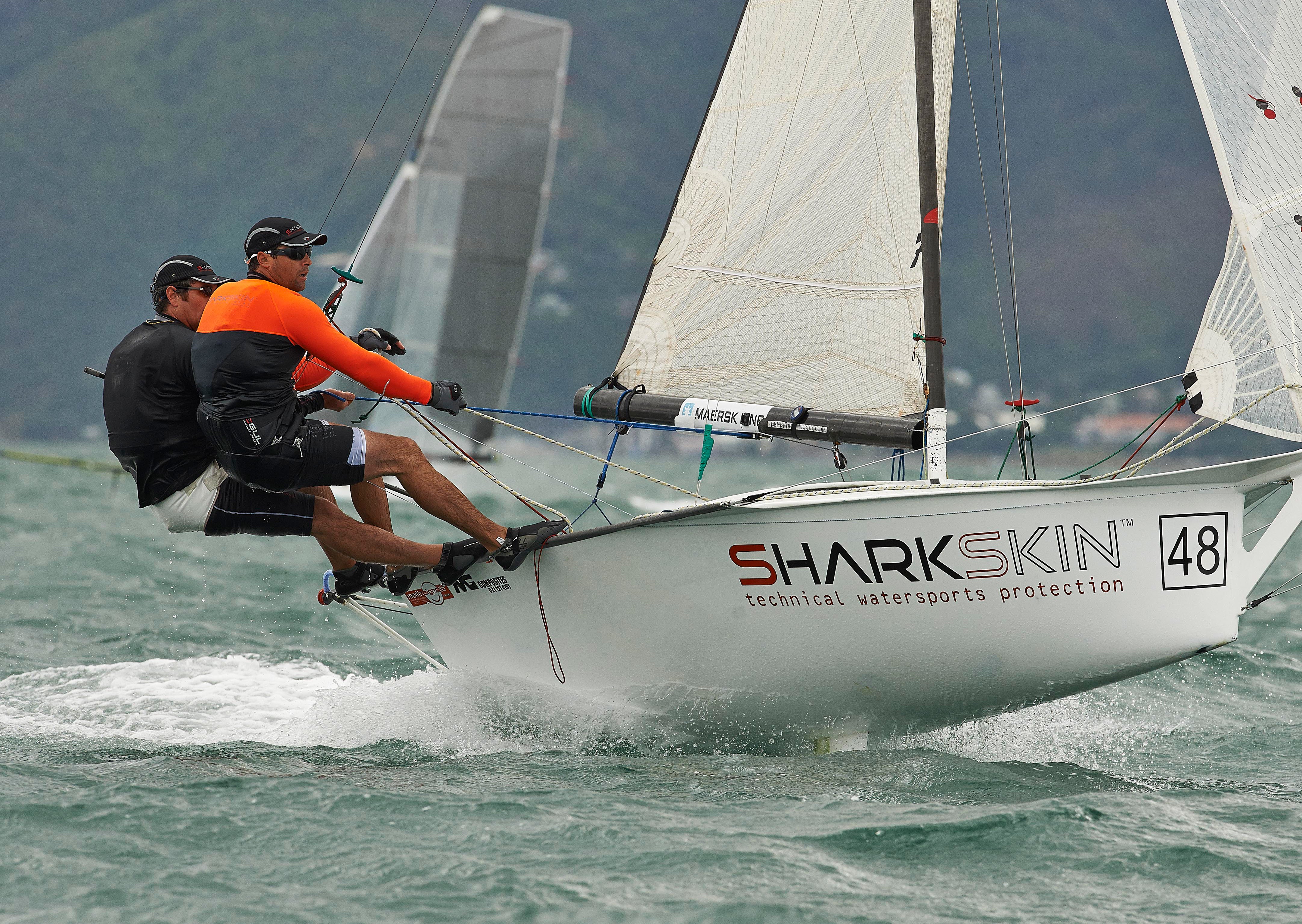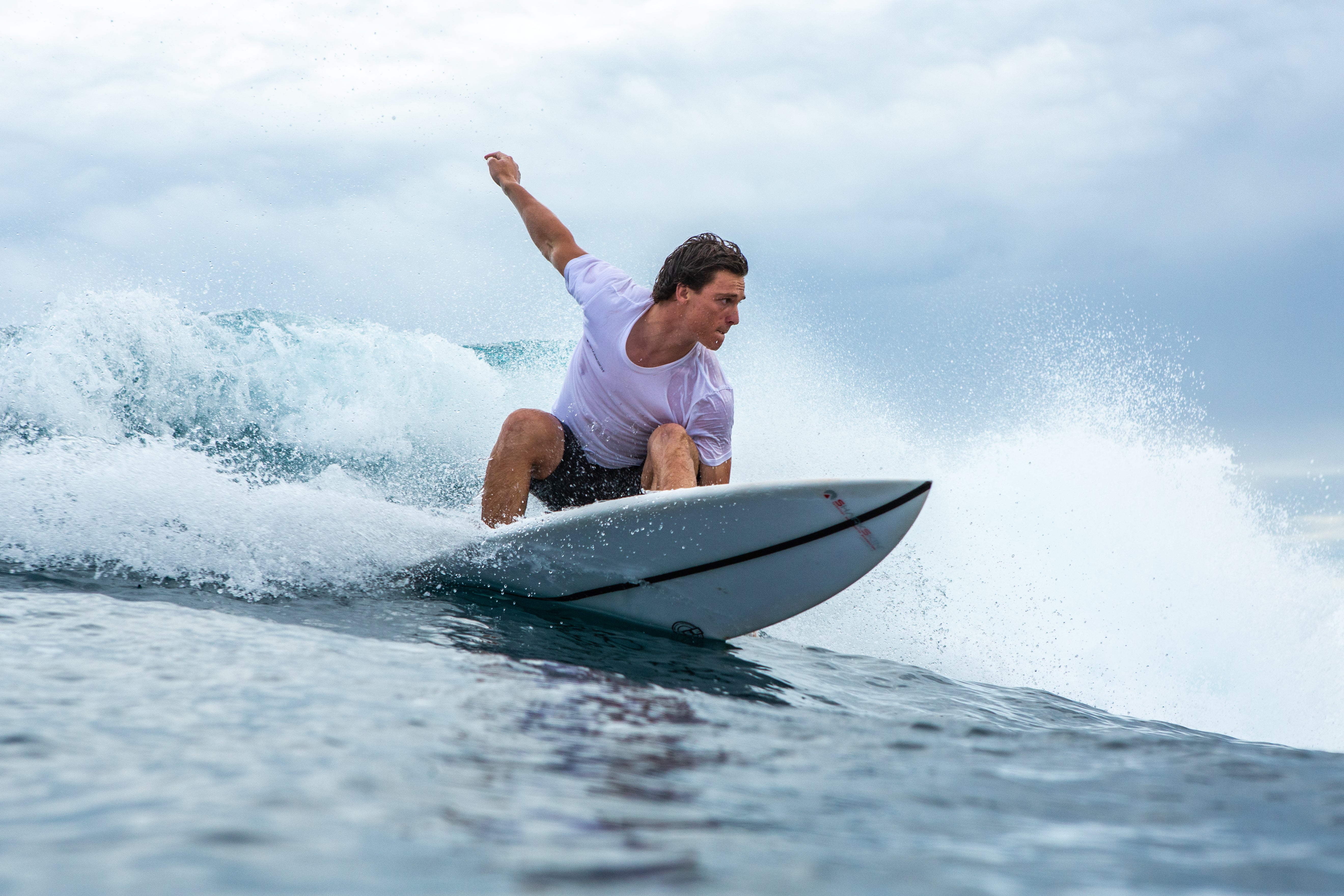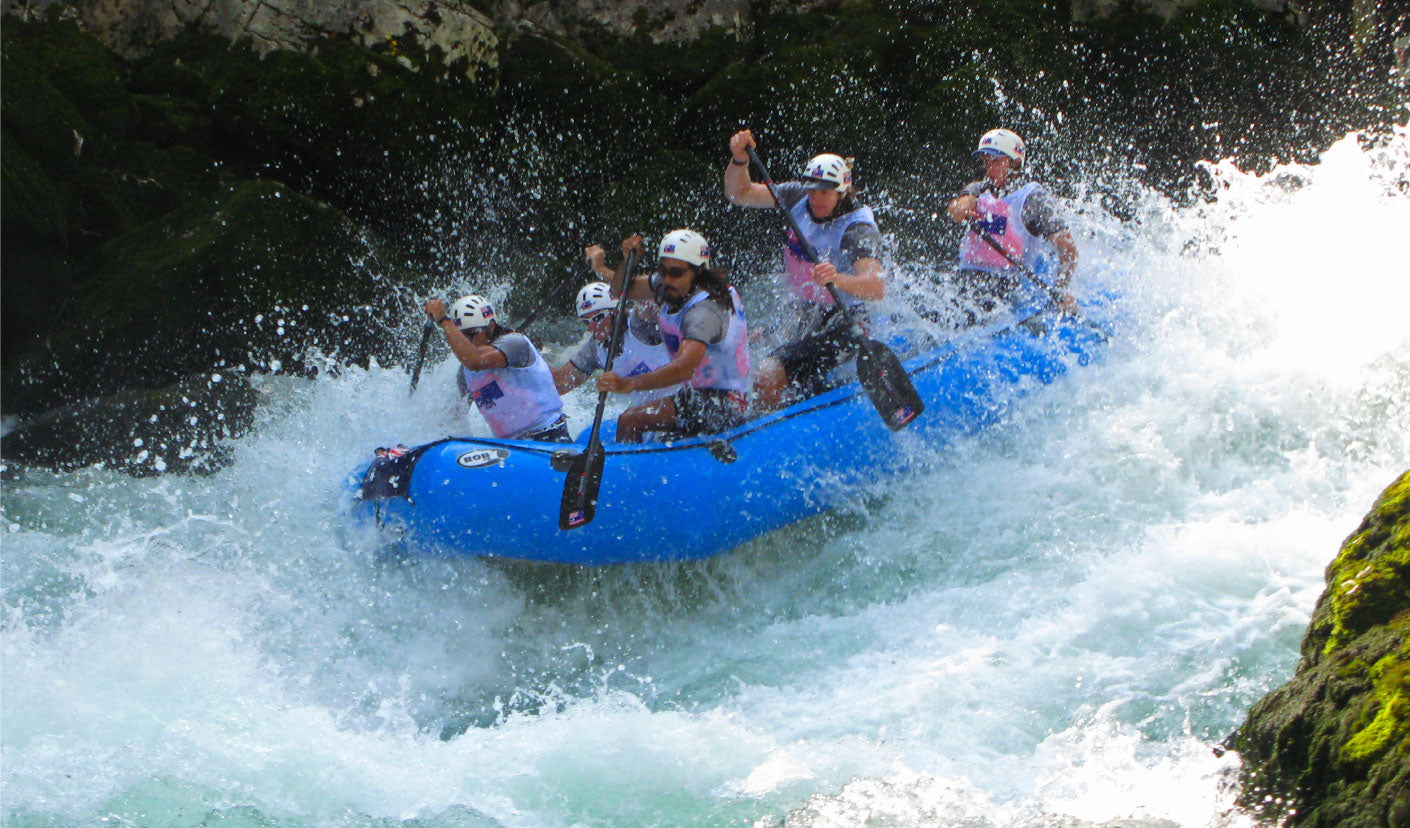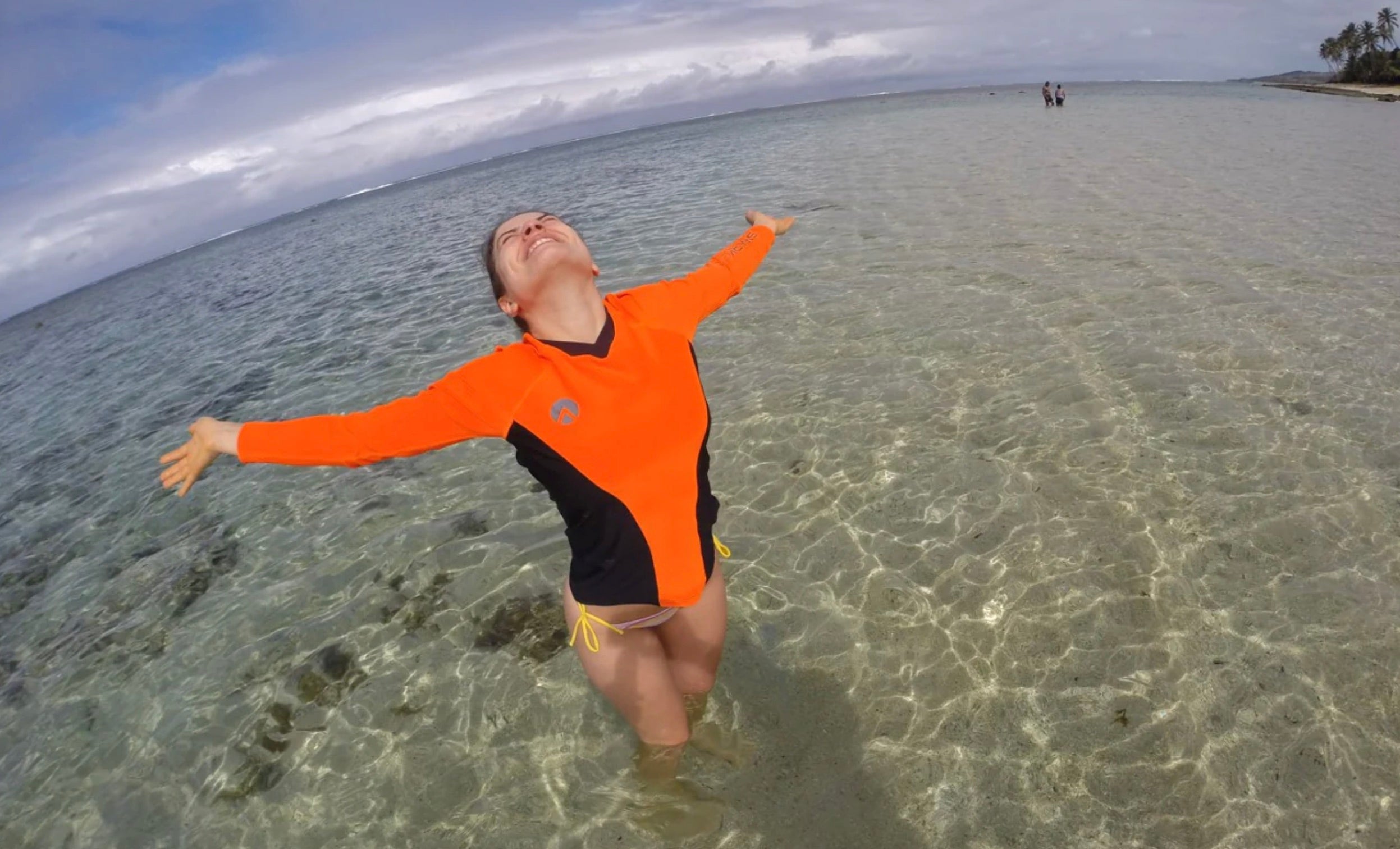Water Safety 101: How the Right Gear Can Make a Difference

Water safety is a critical aspect across a variety of aquatic activities, such as swimming, boating, and fishing. Understanding and raising awareness about how to stay safe in water environments is essential. A key component of water safety is the utilisation of proper gear, which plays a vital role in protecting individuals and ensuring their safety during these activities.
1. Personal Flotation Devices (PFDs)
PFDs, also known as life jackets or safety vests, come in various types, each designed for specific activities and water conditions. When selecting a PFD, it is crucial to consider the size, fit, and proper buoyancy, and to ensure it has been approved by authorities like the US Coast Guard.
2. Protective Clothing and Accessories
Protective clothing, such as wet suits and rash guards, are essential in preventing hypothermia and sunburn, offering UV protection. Water safety is also enhanced by accessories like water shoes and gloves, which provide foot protection and improved grip.
3. Communication and Navigation Tools
Reliable communication tools are indispensable on the water to stay connected and signal for help in emergencies. Navigation tools, including GPS devices and compasses, help individuals maintain their course and safely return.
4. Emergency and First Aid Supplies
A well-prepared water safety emergency kit should include first aid supplies and emergency equipment. Being knowledgeable in basic first aid and having an emergency response plan are also important aspects of water safety.
5. Safety Guidelines and Education
It is important to stay updated with the latest water safety guidelines and best practices. Resources for water safety education and training programs are crucial for making informed decisions and practising safe water habits.
6. The Role of Supervision and Buddies
The buddy system and supervision are important safety measures, especially in risky water situations. They provide a system of accountability, additional help, and shared responsibility.
7. Recognising and Responding to Water Emergencies
Recognising the signs of drowning and knowing how to respond effectively can save lives. Bystanders play a significant role in water emergencies, and knowing how to alert authorities is a part of effective emergency response.
8. Children and Water Safety
Ensuring the water safety of children requires special considerations, like child-sized gear and constant supervision. It's also essential to teach children about water safety and instil safe water habits through education and awareness.
In conclusion, the right gear and knowledge are fundamental to water safety. This article underscores the significance of continuous learning and being diligent in practising water safety to ensure safe and enjoyable experiences in and around water.




